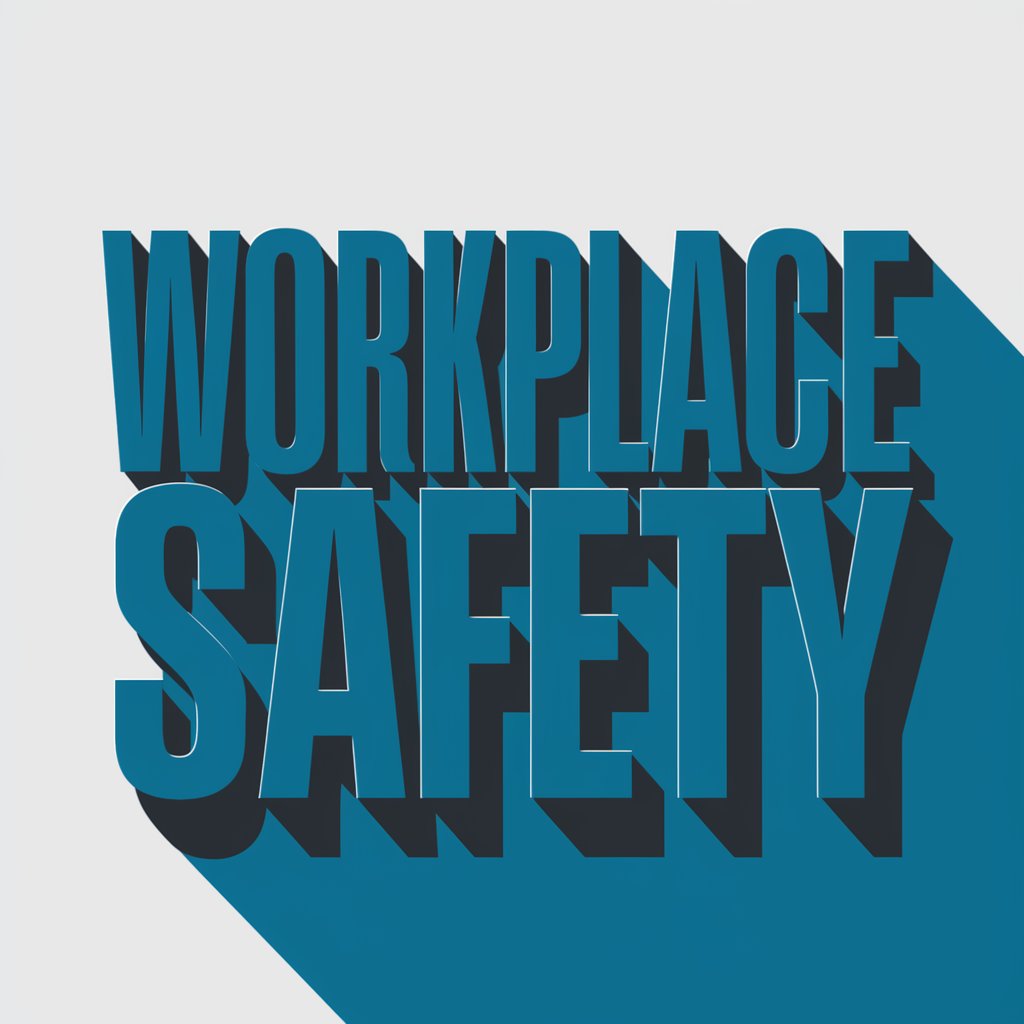Injuries to the foot and ankle at the workplace can result in loss of time at work and heavy expenses on medical bills, thus posing a problem to both the employer and the employee. The responsibility to guarantee a safe workplace mainly lies with the employer who has to meet strict legal requirements not to allow such accidents to happen. Knowing these responsibilities and possible risks can aid in preventing and reducing risks that may lead to a safer workplace. This article explores employer responsibilities, legislation, and mitigation measures businesses need to avoid employees filing personal injury claims with Watermans and other personal injury solicitors.
Legal Obligations
Employees are governed by different laws and regulations that require employers to ensure workplace safety. The Health and Safety at Work Act 1974 requires that the employer is to ensure the health and safety of employees at work. This includes risk evaluation and subsequent measures put in place to ensure that there are no accidents within workplaces especially to sensitive areas such as feet and ankles. Failure to meet these legal obligations results in significant penalties as well as higher risk.
Risk Assessment
Risk assessment is very important in workplace safety and therefore a thorough risk assessment should be done. The employer has the responsibility of recognizing risks that may cause foot and ankle injuries including slippery floors, improperly laid floors and floor items that may fall. Once these risks are identified, then adequate measures have to be taken to reduce these risks. This could include such measures as placing of mats on the floor, adequate lighting, and also constant checking of the environment for hazards.
Preventive Measures
Minimizing foot and ankle injuries requires a comprehensive strategy. First, employers should make sure that all the employees are wearing proper shoes that are relevant to their working stations. For instance, working in construction requires wearing of steel-toed boots, while slip-resistant shoes are suitable for the kitchen and hospitals. It is also important to note that training on correct lifting and safe postures can also help in reducing the incidences of injuries.
Workplace Safety Policies
It is crucial to establish and apply proper policies regarding the safety of workers at the workplace. These policies should state the processes of identification of hazards and injuries and the measures that the employees are expected to observe. Periodic rehearsals and additional training sessions can help remind all the workers of these policies and guarantee that they are familiar with them.
Employer Liability
In the event an employee sustains an injury in the workplace particularly on the foot or ankle, the employer may be held legally responsible for the injury if it can be proved that the injury was as a result of the employer’s negligence or lack of provision of a safe working environment. Liability is expensive since it attracts compensation costs such as medical bills, lost revenues, and compensation for inconveniences. It is advisable to consult with lawyers and other legal experts, for instance, personal injury claims with Watermans, to handle these cases.
Workers’ Compensation
In most countries, the employers are mandated to provide workers compensation insurance. This insurance offers monetary compensation to workers who get injured while working, to cater for the costs of treatment and a percentage of the lost wages. Thus, despite the fact that workers’ compensation might help an employer avoid direct lawsuits, it is still highly important to ensure that the workplace is as safe as possible to reduce the number of claims and the expenses they entail.
Training and Education
It is essential that proper training and education sessions are conducted to ensure the safety of the employees at the workplace. Employers should organize awareness raising meetings on the identification of hazards, ways of using protective equipment and measures to be taken in case of an emergency. Making sure that the employees appreciate the need to report potential hazards can go a long way in preventing accidents.
Monitoring and Improvement
Workplace safety practices require constant observation and enhancement to ensure they are effective in creating a safe environment. It is recommended that employers should periodically revise the safety measures in place and revise them in relation to new dangers or changes in the workplace. Feedback from the employees is often useful in determining the gaps that may exist and whether the measures being taken in the organization are sufficient.
Role of Safety Officers
Having safety officers who are assigned full responsibilities in ensuring safety at the workplace can be of great benefit. These people are supposed to ensure compliance with safety measures, inspect facilities frequently, and resolve safety issues as soon as possible. The presence of a safety officer means that all safety issues are well handled and dealt with in the most appropriate way.
The responsibility of maintaining a safe workplace and especially avoiding foot and ankle injuries is a complex and demanding task that needs to be performed with a lot of effort by the employers. Employers should ensure that they follow legal requirements, assess risks, prevent the risks, and promote safety to minimize the occurrence of accidents and related costs. Dealing with specialists in personal injury claims with Watermans can help to receive the legal assistance in case of the appearance of some issues which will be helpful for both the employees and the employers.






